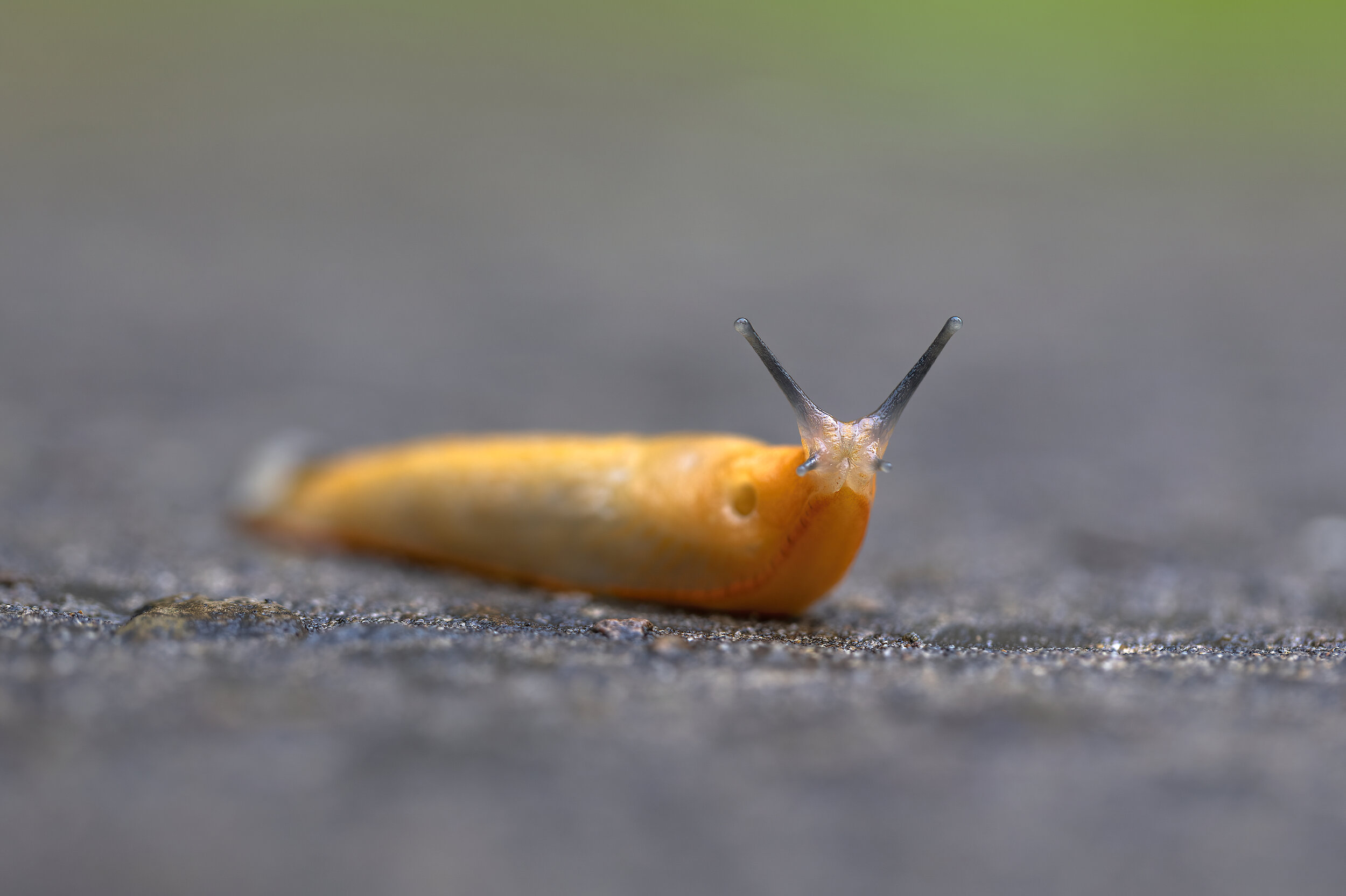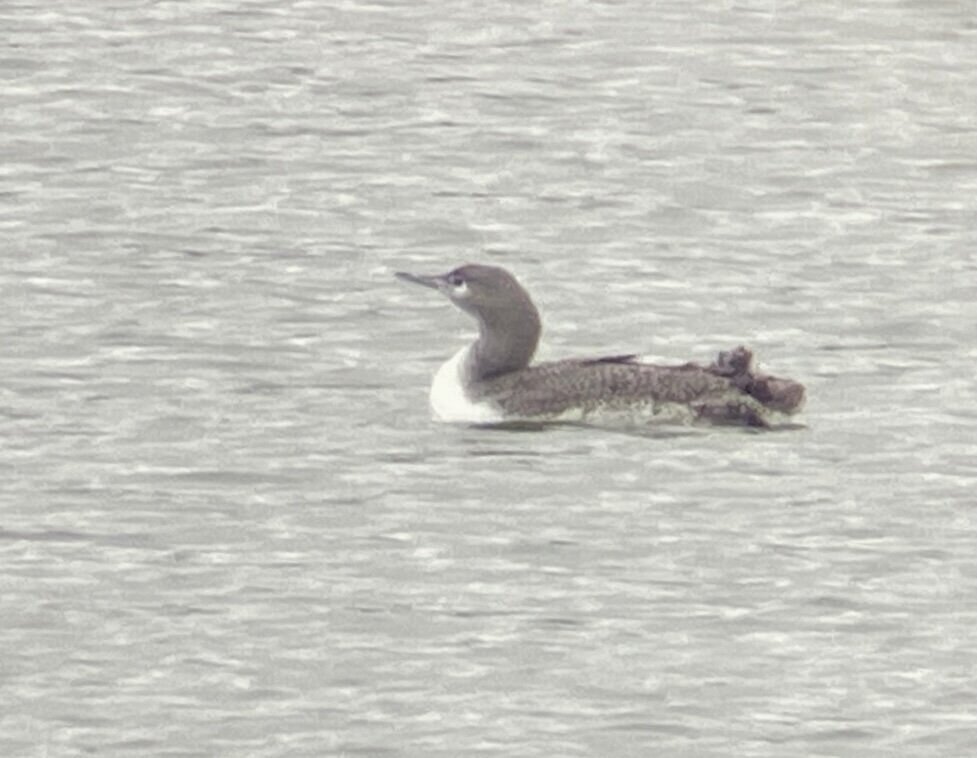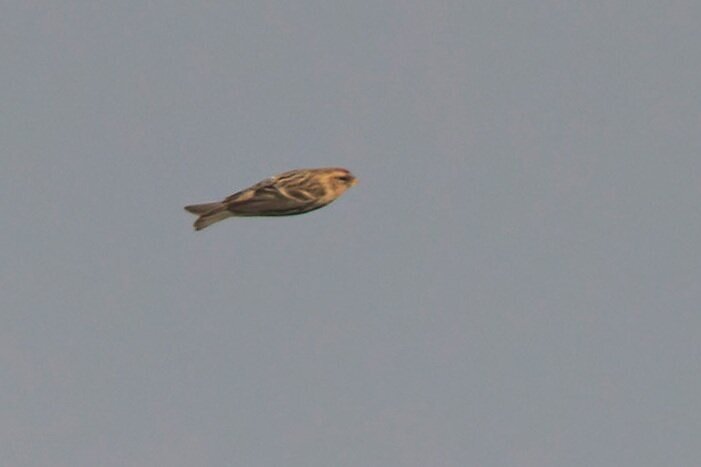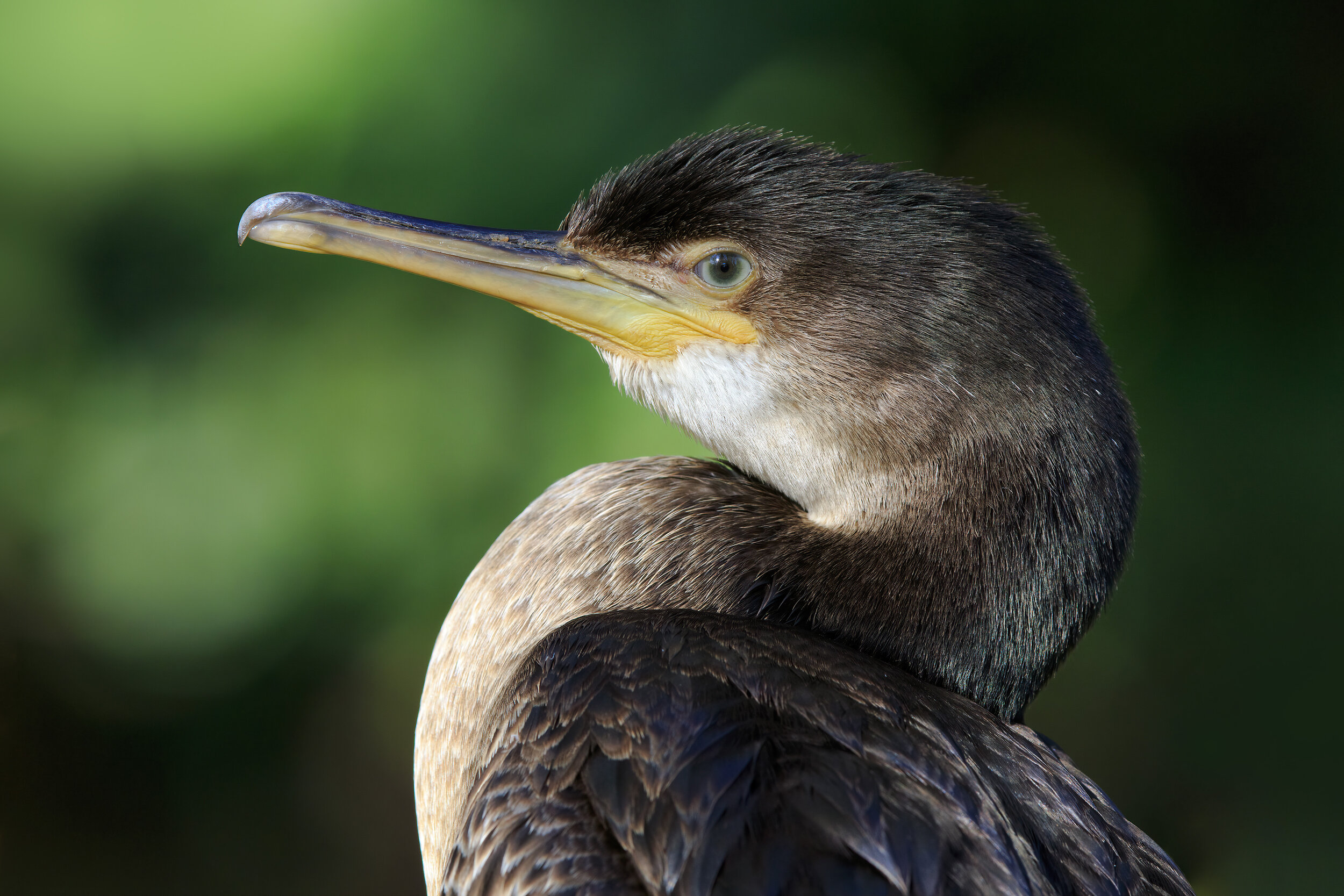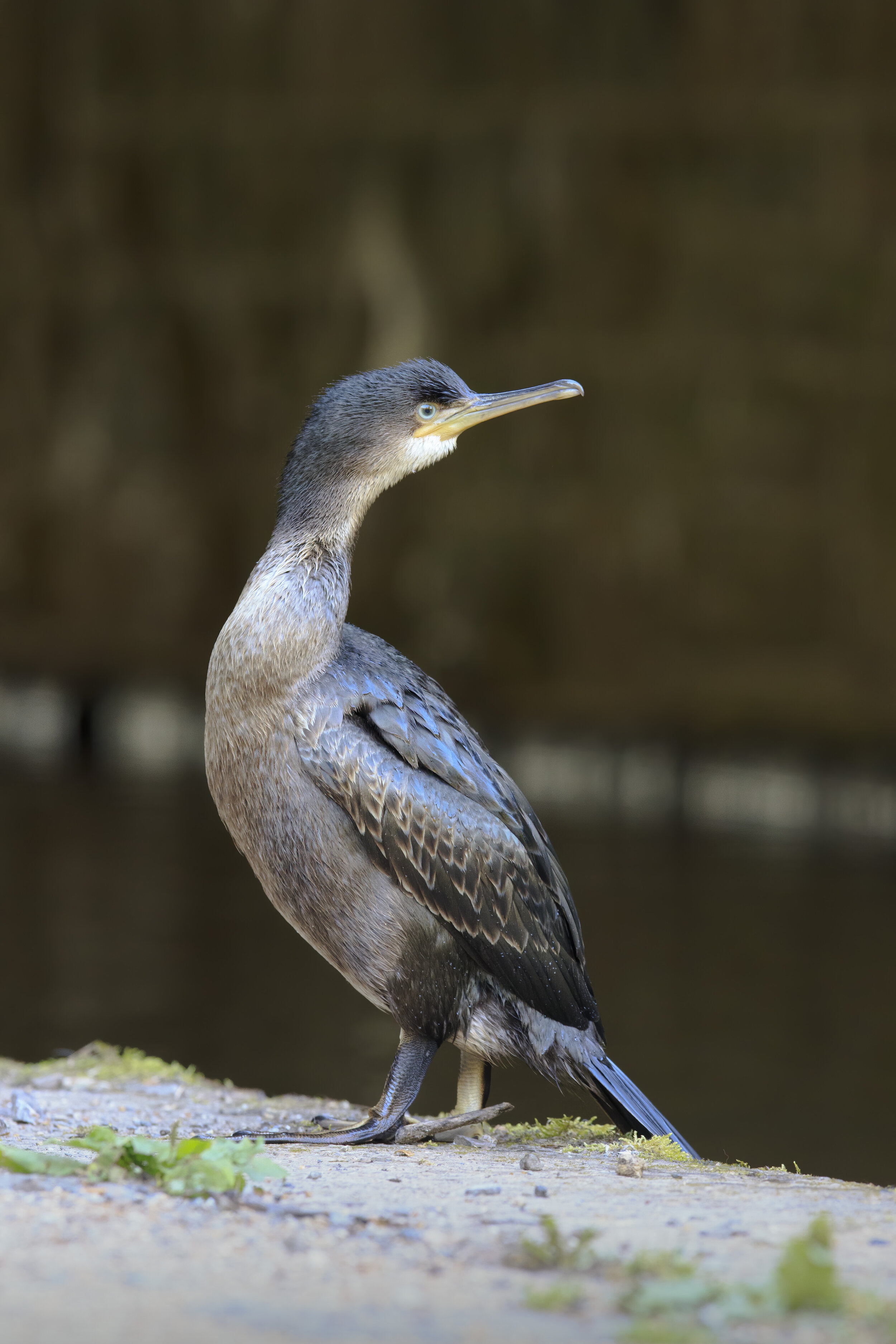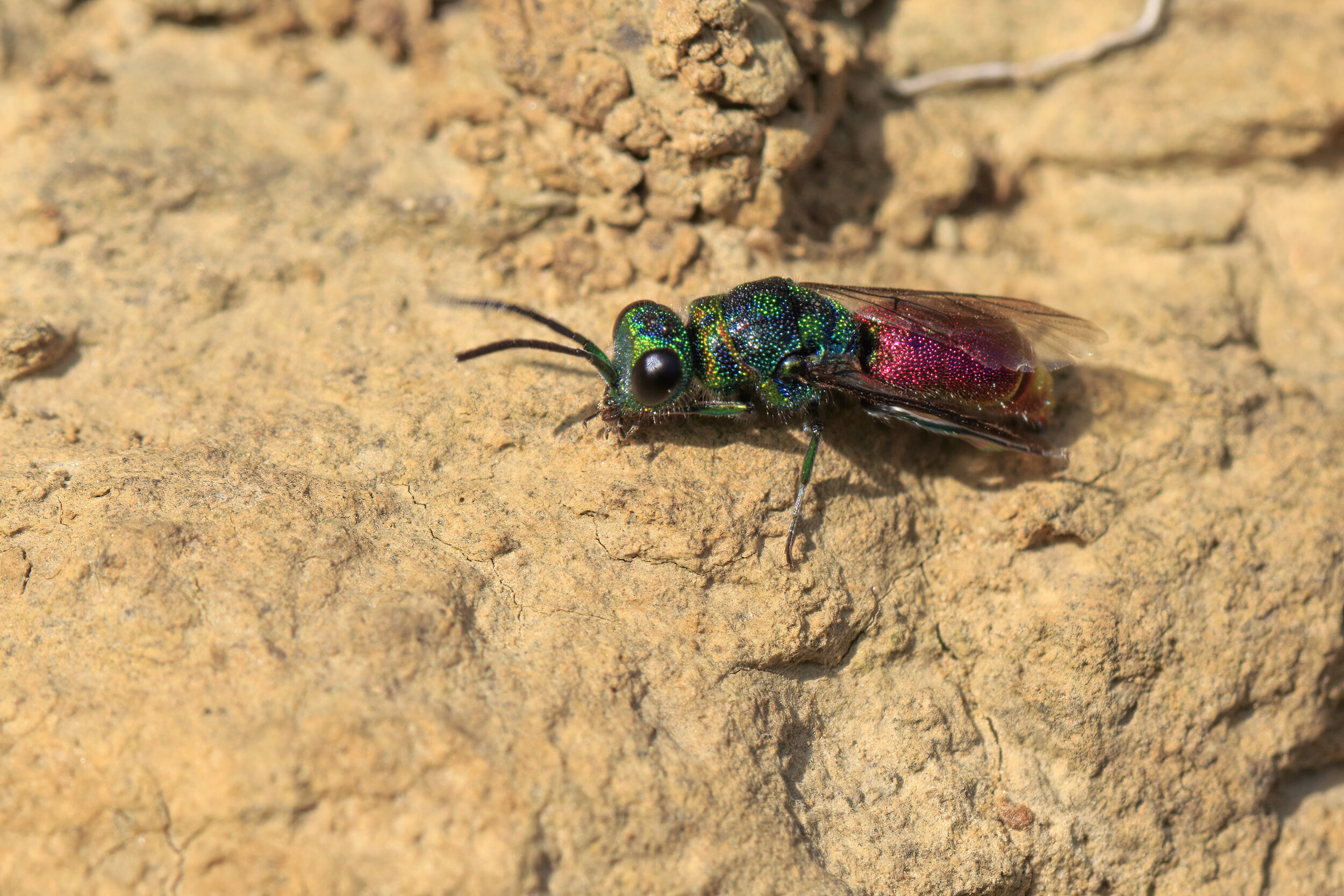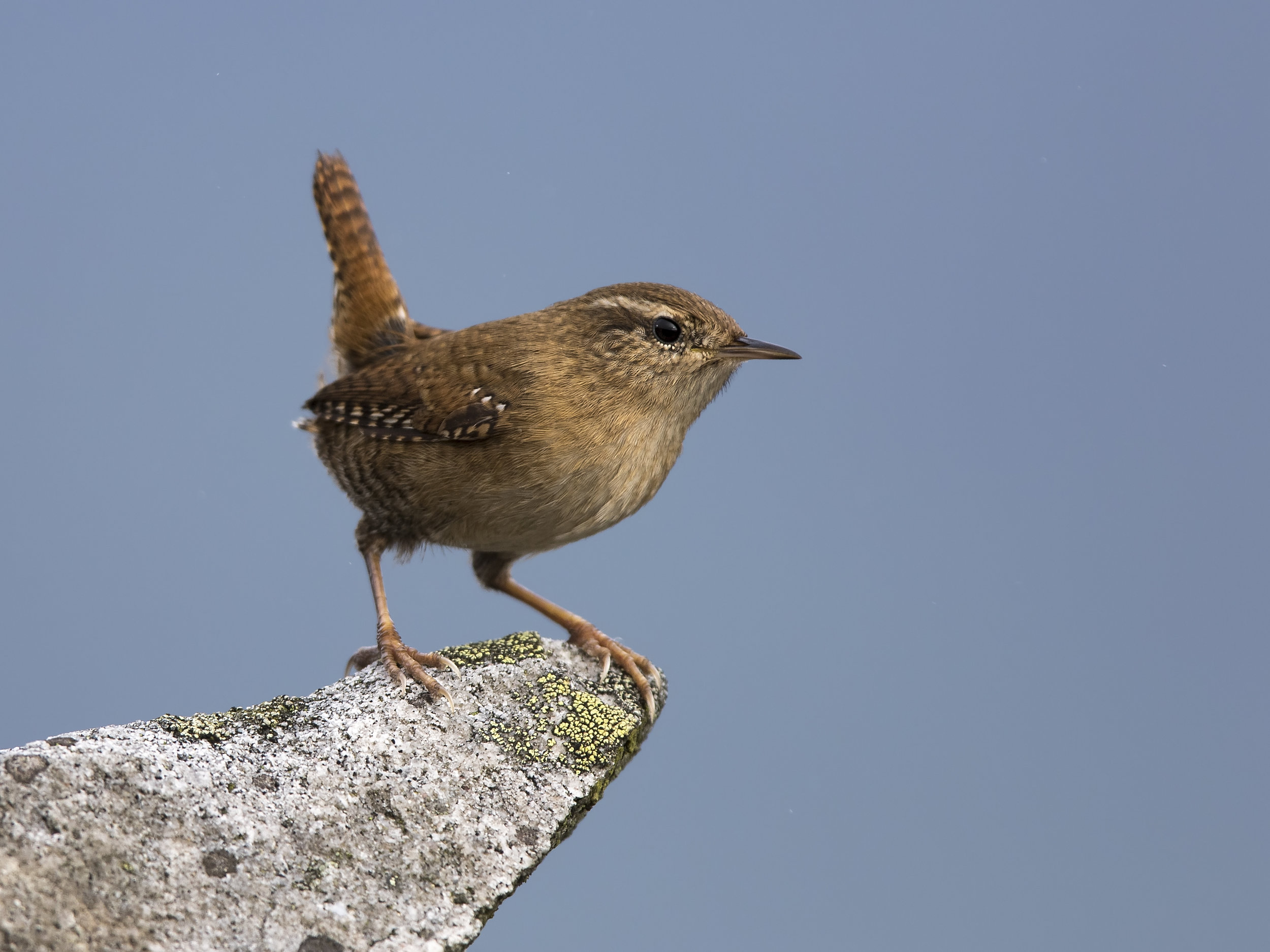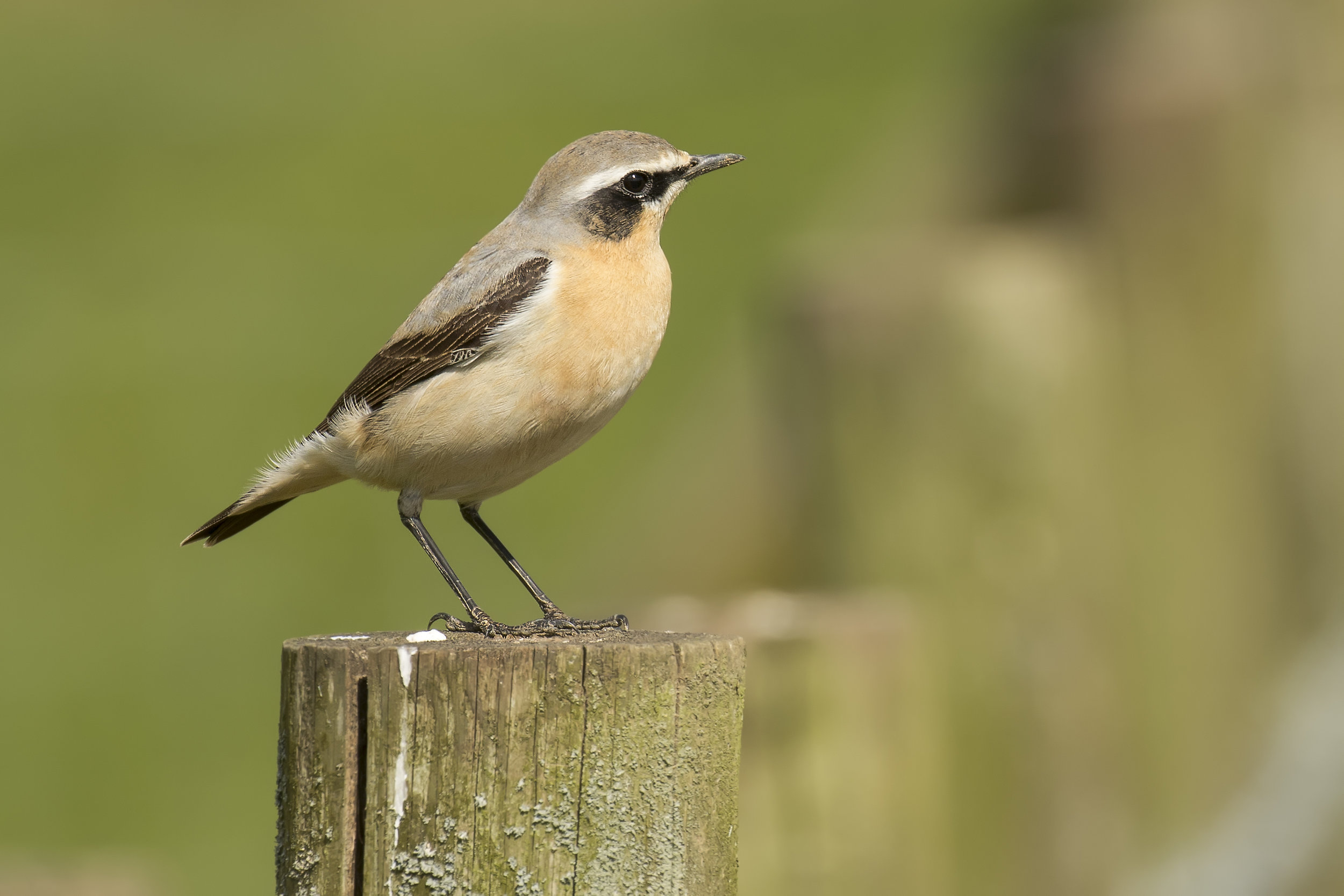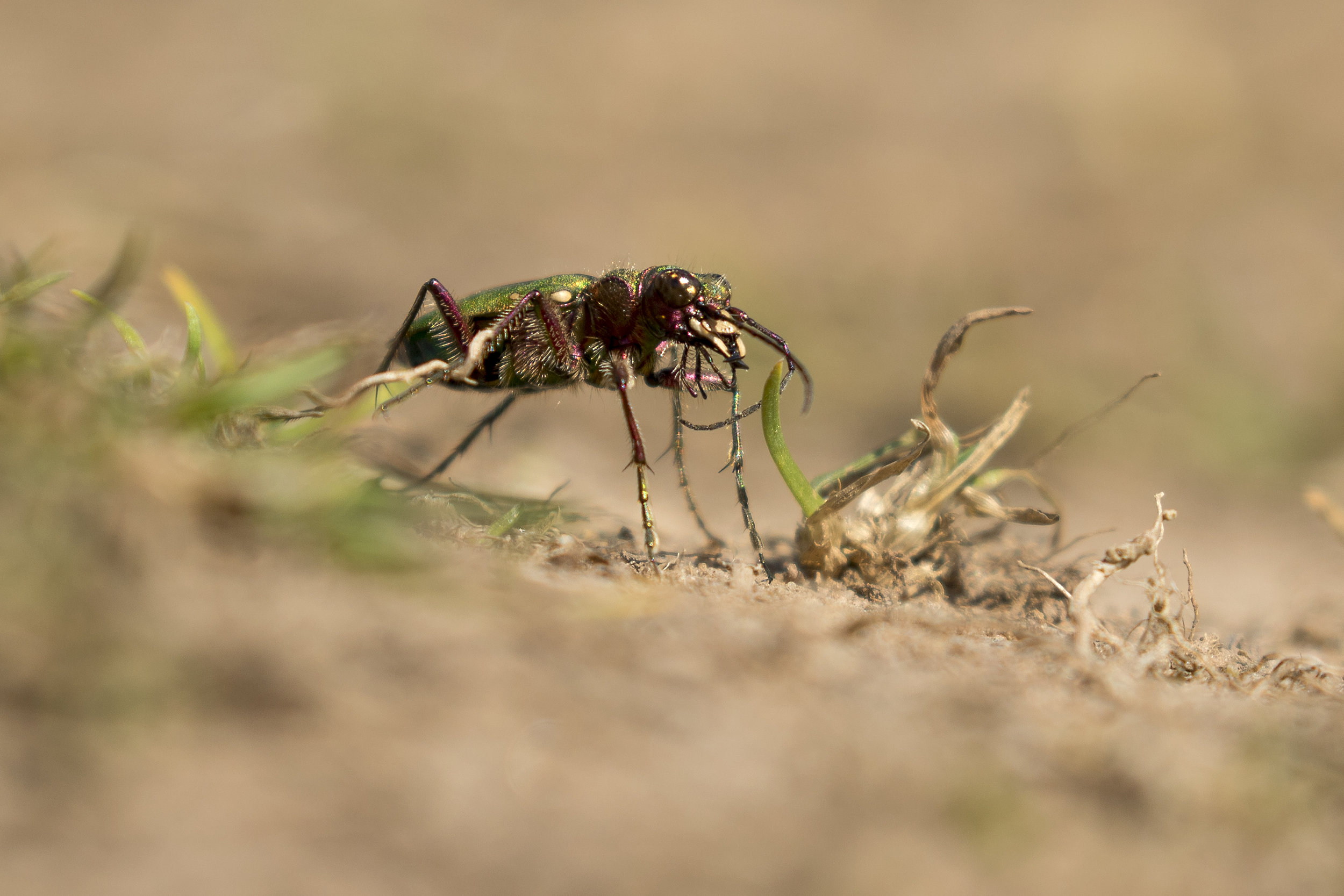I’m actually enjoying taking a little break from the blog lately but I do apologise to those that like to have regular updates. I’ve been in the process of changing out all my camera gear so there has been a lot of testing and less exploring. Here are a few photographs with the Canon R6, which is my first mirrorless camera and also my first full frame camera, so it’s taking a little time to get used to. So far though I’m really enjoying the focusing system, the noise performance and overall the speed. I previously used the Canon 7D mk ii which is a tank of a camera, but it’s beyond it’s life expectancy and the usability, despite still working, isn’t very inspiring, what with the fact that I have to turn the dial 8 times before it starts to do what I want it to lol, which isn’t ideal when photographing time sensitive wildlife.
SO! Here’s are a few photo’s from that transition. Same two lens combo: Canon 300 2.8 IS with 1.4 and 2x ii extenders, and a 100mm 2.8 Macro IS.
Starting with my last Nightjar photos of the year, in the form of a Chick which stayed quite late in the season with parents sticking close nearby.


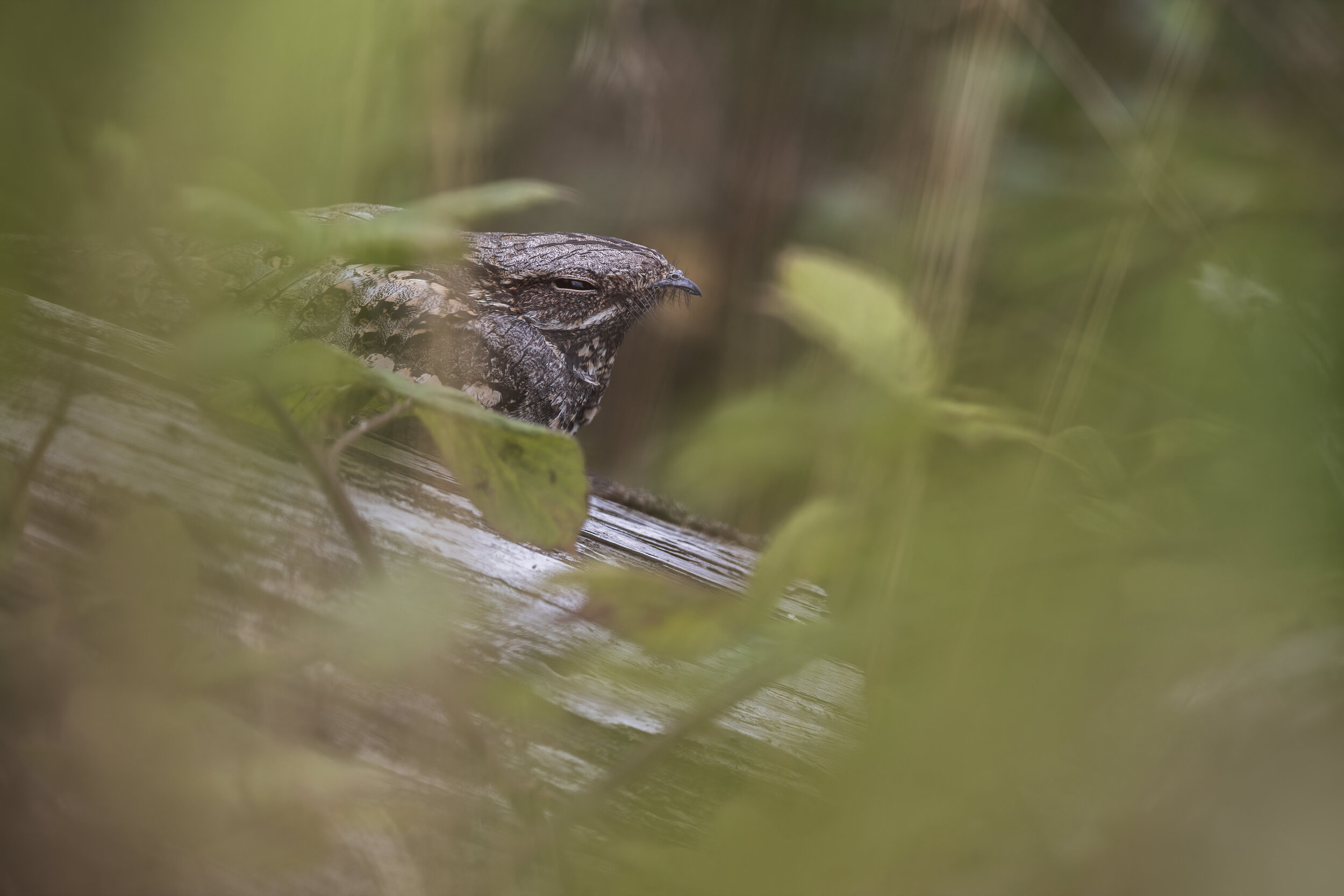








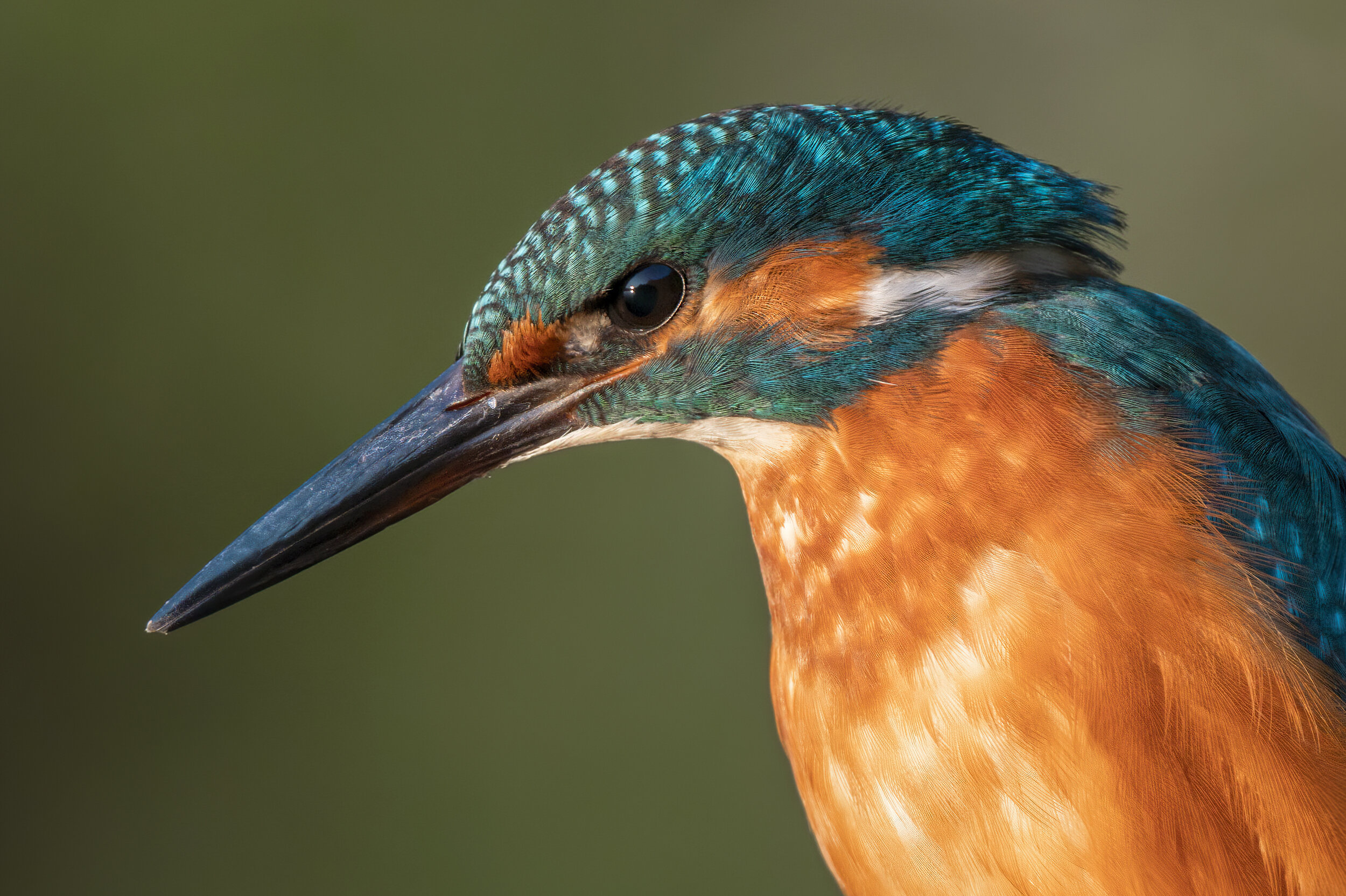



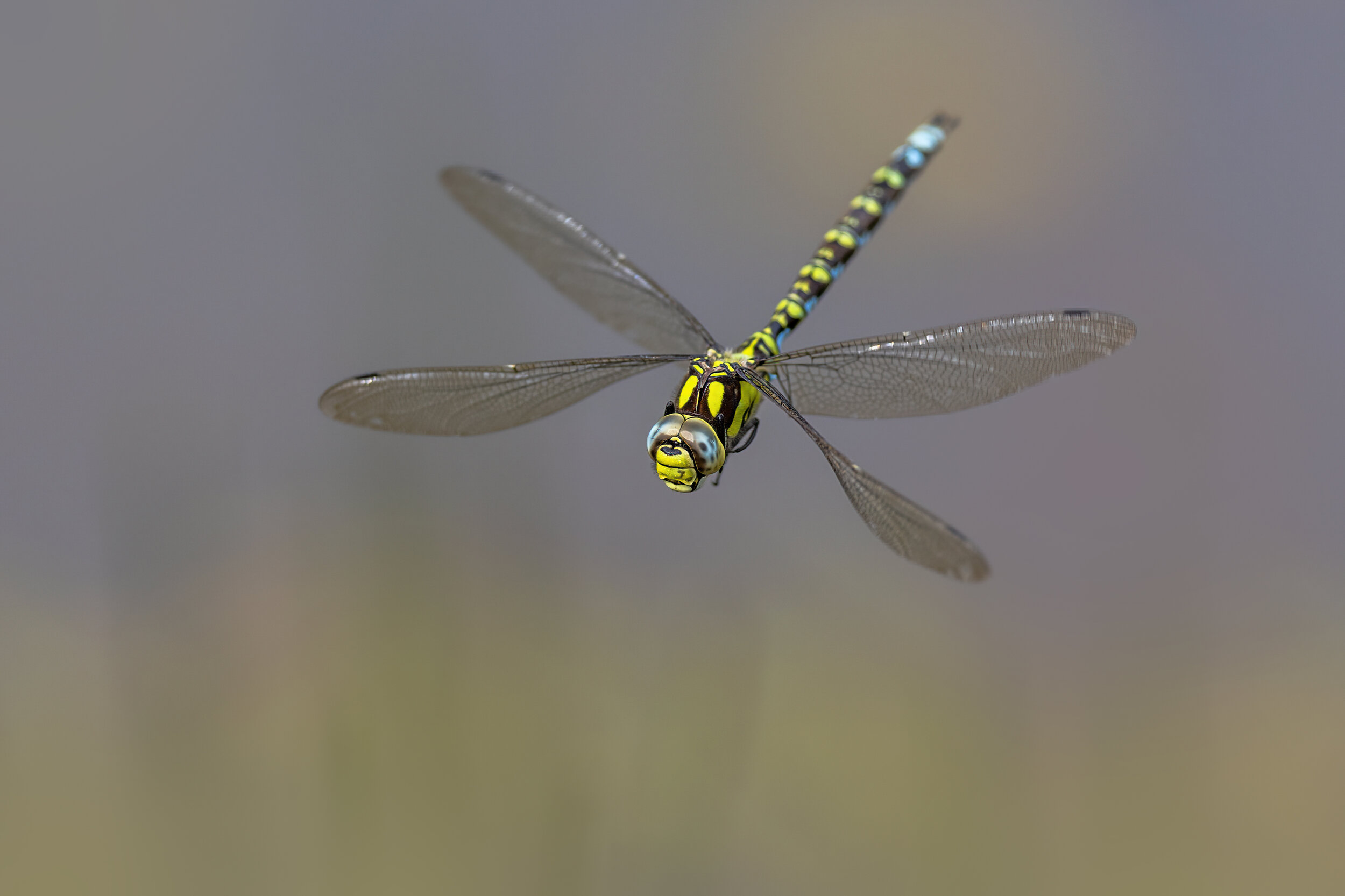

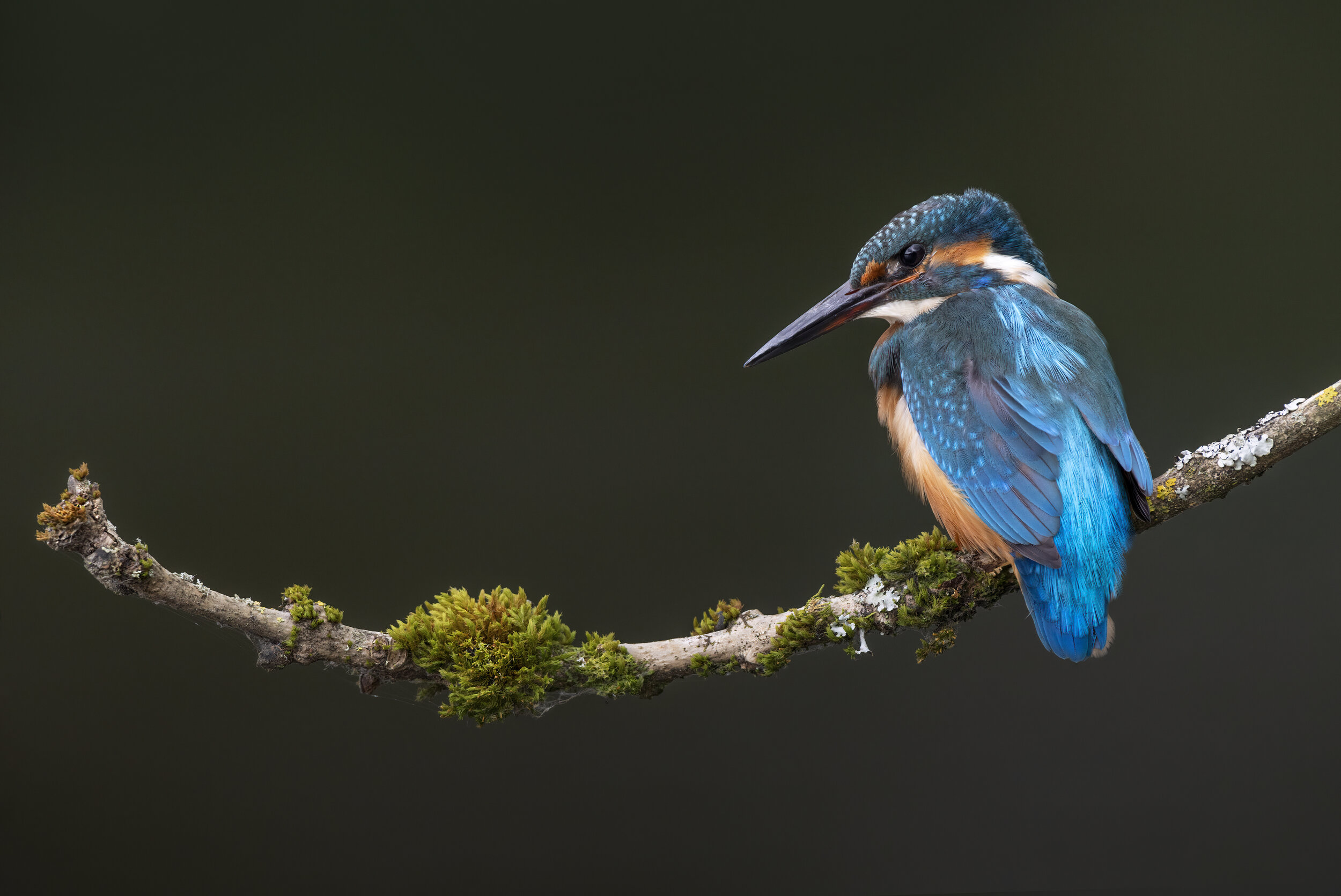


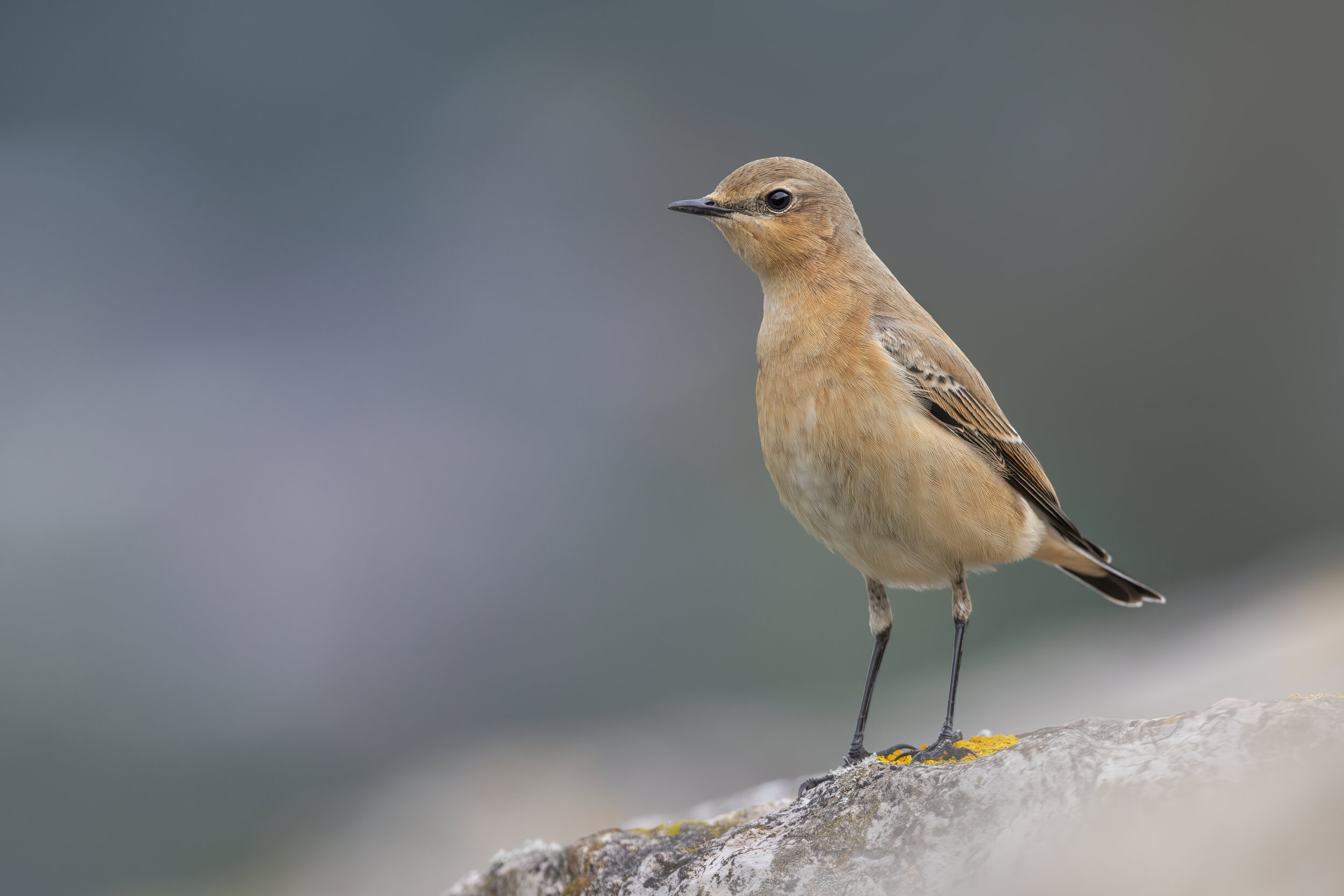
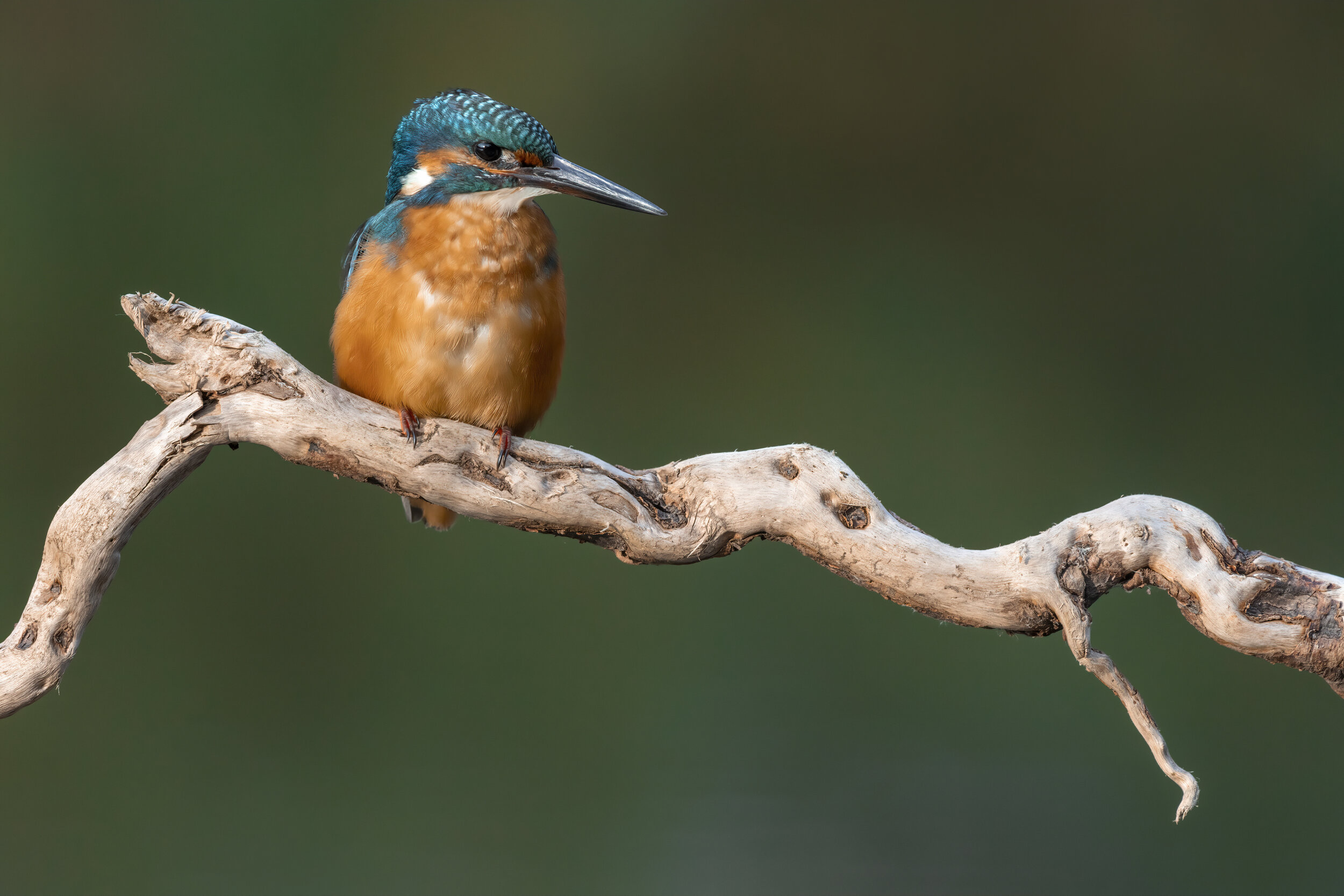
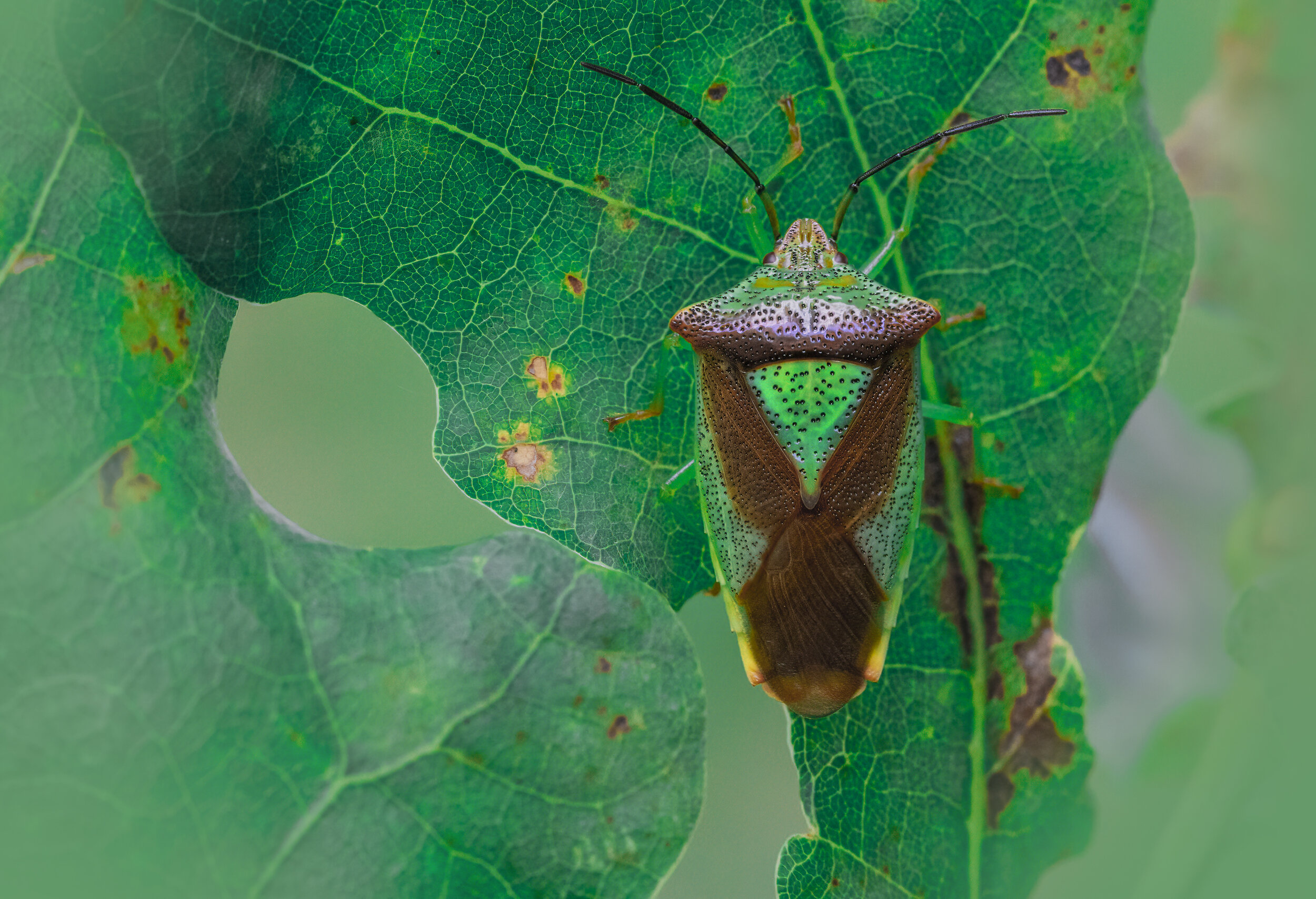


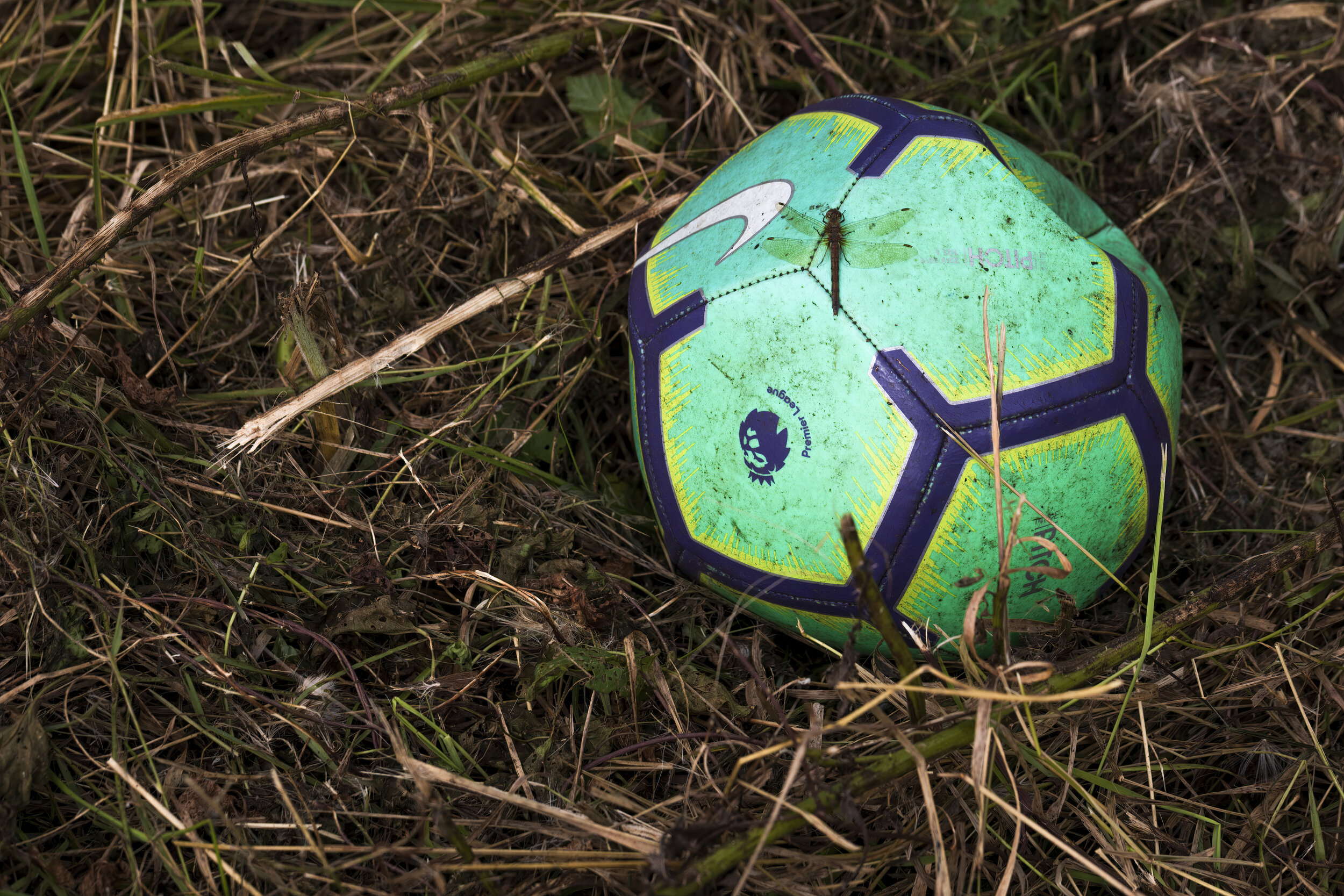
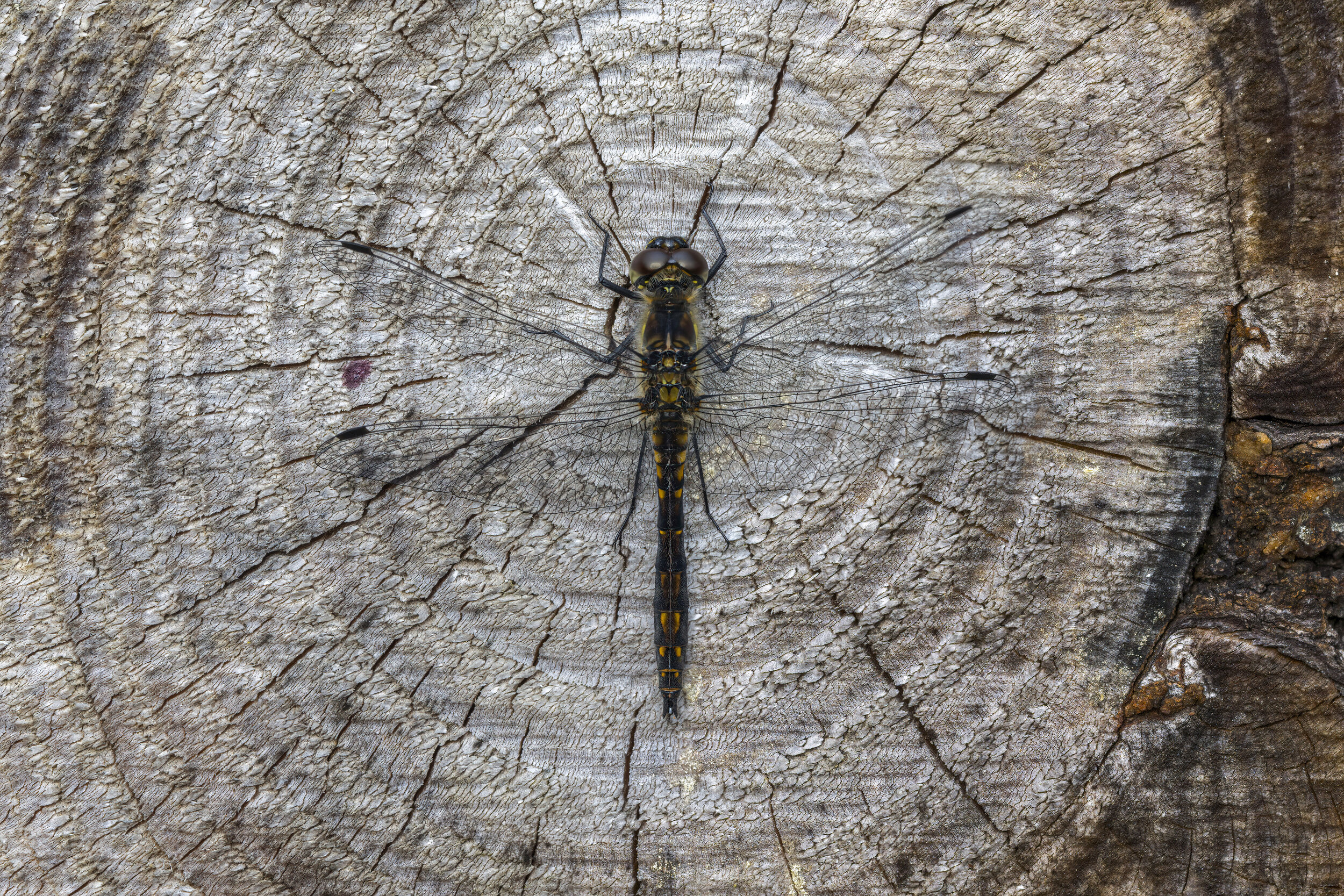







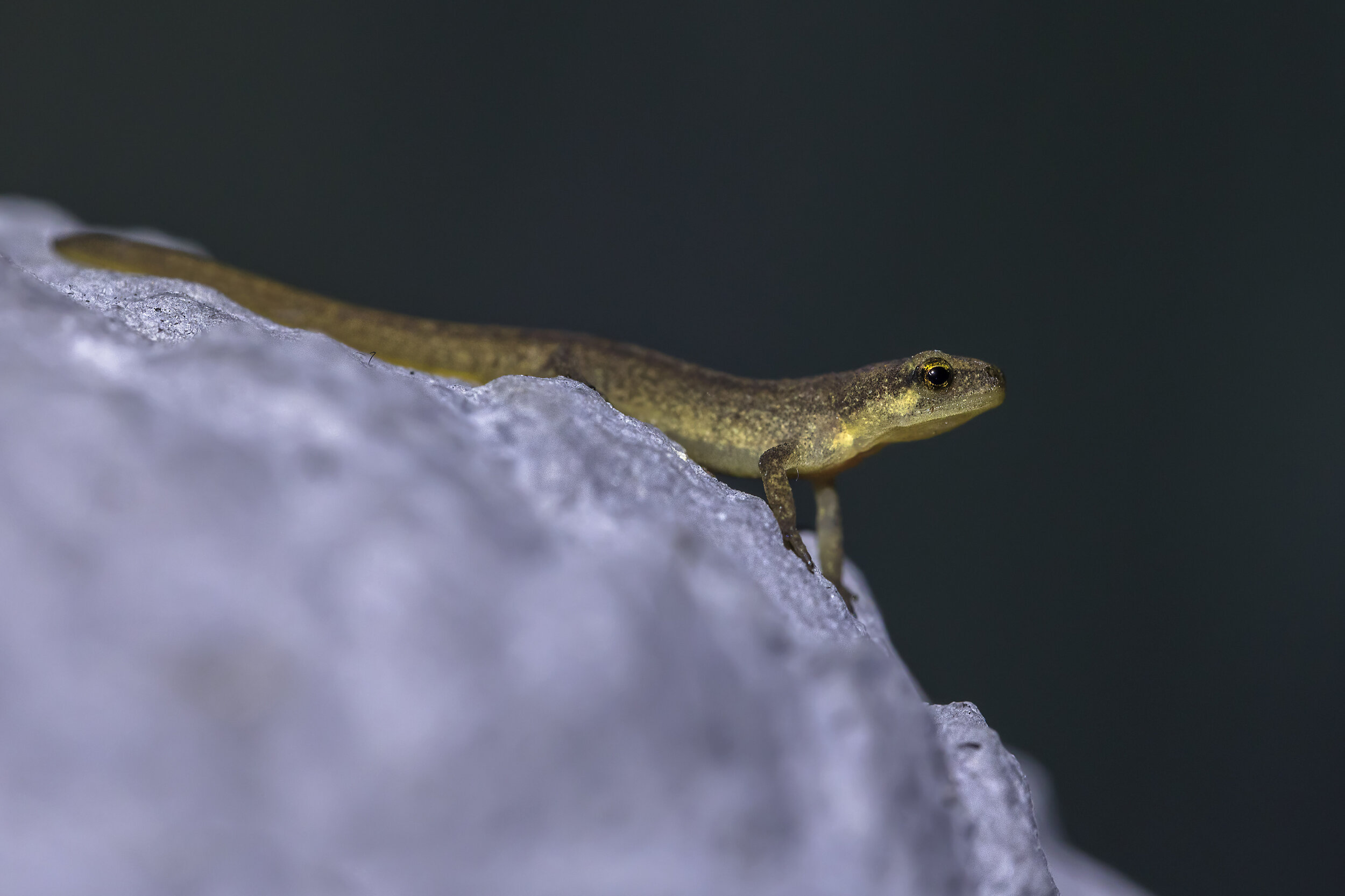


I’ll end with a random doorstep photo of a young Sparrowhawk that managed to fly into my upstairs window. Thankfully only a few displaced feathers and he shortly flew off strongly, weaving his way back thru the woodland opposite my house.



